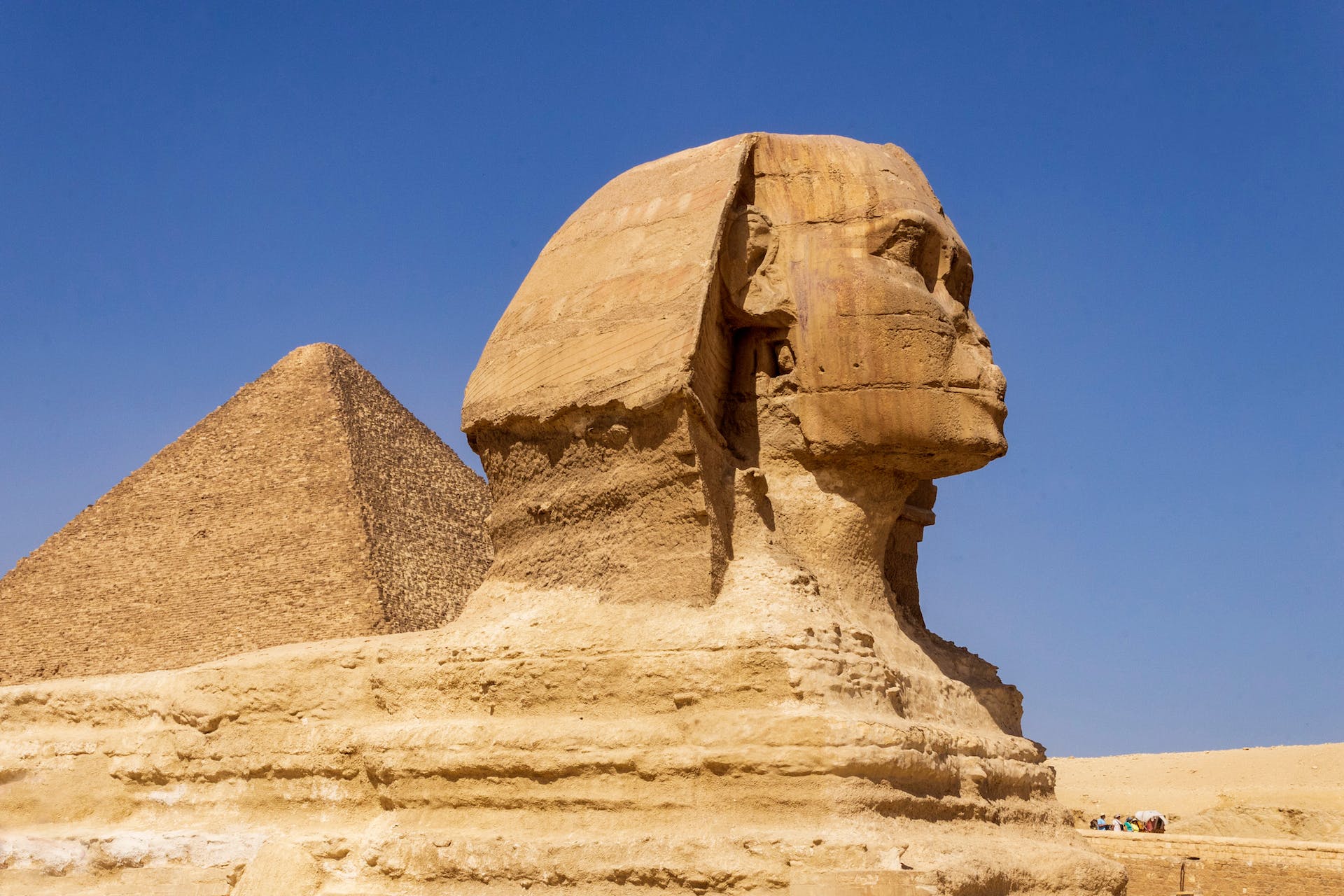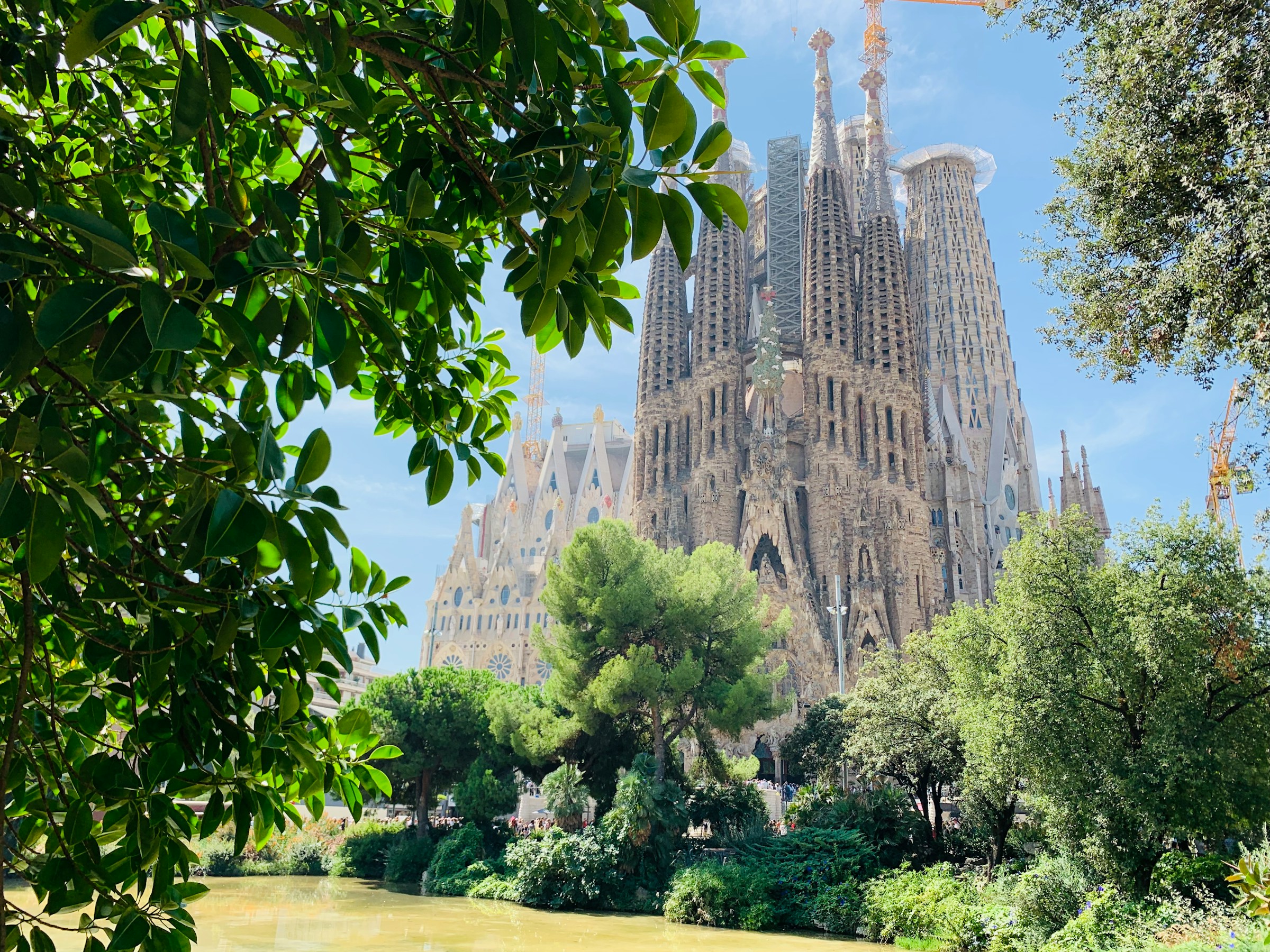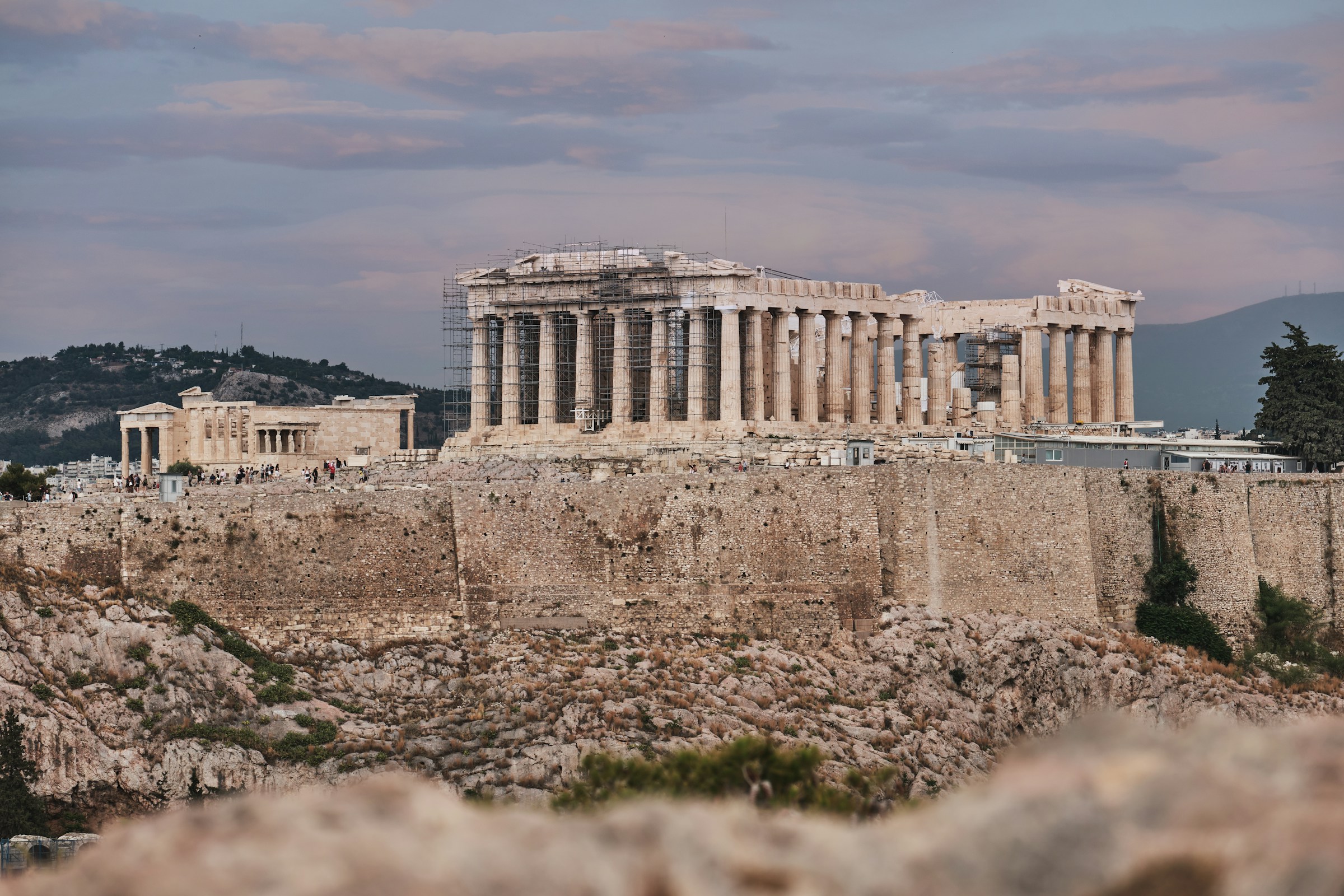Spanning a wide variety of countries with vastly different people and histories, the Mediterranean region is a cultural melting pot. While the healthy diet of fruits, vegetables and fish might be the first association with this territory, there’s a gold mine of ancient attractions waiting to be explored. From the island country of Malta to the bustle of Italian streets, here are six standout historical sites located all around the Mediterranean.
St. John’s Co-Cathedral – Malta
Located in Valletta, the seemingly nondescript church is known not only for its history but also its grandeur. Built by the Order of the Knights in 1577 as a communal worship spot, the church was constructed rather unimpressively until various masters and knights contributed gifts and donations to further enrich the site. Utilizing this outpouring of wealth, the interior was revamped in the 17th century to reflect the Maltese baroque style, which is how it remains today.
Inside, visitors are greeted by elaborate ceiling artwork depicting the life of St. John, decorated marble tiles and gold detailing along the walls. In addition to this splendor, a rather famous painting resides in the church — Caravaggio’s “The Beheading of John the Baptist.” This is the largest painting ever done by Caravaggio and also the only one he’s signed.
The name “co-cathedral” might be a confusing one but prior to the Knights settling in Valletta, the Church of Mdina was already established. To preserve the peace between the religious groups, the Pope recognized both sites of worship as equal, and appointed a name to reflect the status.
Great Sphinx of Giza – Egypt
A widely recognized symbol of Egypt, the Great Sphinx of Giza is a monument of mystery and intrigue. The statue, which is made entirely from a slab of limestone, depicts a lion’s body and a human head adorned with a royal headdress. It’s one of the world’s largest structures at 240 feet long and 66 feet high.

Aside from its physical attributes, not much else is known about the sphinx. It’s widely accepted that the Great Sphinx was constructed during the reign of Khafre around 2603 to 2578 BC, although some scholars would argue otherwise. The human face on the statue is thought to be representative of Khafre while some historians feel that it more closely resembles Khafre’s father, Khufu. The true purpose of the sphinx is also widely contested.
Pigment residue suggests that the structure may have been painted and the missing nose is another puzzle yet to be solved. While the origins and function of the Great Sphinx of Giza are up for debate, the statue is symbolic of Egyptian culture and ancient civilization.
La Sagrada Familia – Spain
An architectural anomaly located in Barcelona, this majestic basilica has yet to be completed after 142 years of construction. Beginning in 1882, the basilica was funded by donations to encourage Christianity in the city. While not the original architect hired on for the project, Antoni Gaudí took over a year into construction and created the blueprint for the iconic structure.

Gaudí, a devout follower of the faith himself, designed many of the basilica’s features to represent elements of the religion. There are 18 total towers which make up three façades — Nativity, Passion and Glory all of which depict significant moments in the life of Jesus Christ. 12 of the towers stand for the Apostles, four for the Evangelists, one for the Virgin Mary and the tallest for Christ himself.
The interior of the basilica is equally as stunning with structures like the Apse and Sagrada Familia Crypt located inside. Various delays attributed to the Spanish Civil War and COVID-19 pandemic have slowed construction considerably, though it is predicted that this masterpiece will be finished by 2026.
Villa Adriana – Italy
One of the best-kept archaeological sites in Italy, Villa Adriana was built by Roman emperor Hadrian between 118 and 138 AD. Nestled into the Tiburtine Hills in Tivoli, Hadrian constructed the complex as a retreat from the bustling city of Rome. Spanning over 300 acres, the historic site features the remains of an estimated 30 buildings as well as baths, temples, barracks, theatres, gardens, fountains and nymphaea.
While the sheer size of the villa is spectacular in and of itself, the architectural complexity of multiple structures inside the complex is a testament to the building prowess of the Romans. Popular areas like the Piazza d’Oro, Imperial Palace, Maritime Theatre and Small Thermae reflect this and are symbolic of Hadrian’s creativity and ingenuity.
Following the emperor’s death in 138 AD, Villa Adriana fell into disrepair and wasn’t discovered again until 1461. The structural nuances of the property would later inspire Renaissance and baroque architecture.
Acropolis of Athens – Greece
A precious UNESCO World Heritage site perched atop the city of Athens, the ruins of this ancient citadel are representative of Greek culture and the arts. Originally built in the fifth century when Athens defeated the Persians, prominent politician Pericles transformed the structure as a celebratory symbol of the city’s beauty and power.

In classic Greek fashion, Acropolis was also constructed in honor of the goddess Athena, with the Parthenon and Erechtheion temples dedicated to her. While most of the structures comprising Acropolis are in a state of disarray, the remaining ruins speak to the Greek history of warfare, religion and thought.
For travelers thinking of visiting this historic site, “Acropolis” refers to the high point of a city which holds true as this monument is on a hill 512 feet above sea level. With no alternatives available for reaching the top, visitors should prepare accordingly for this long walk.
Alanya Castle – Turkey
Another attraction shrouded in mystery, the construction of Alanya Castle dates back somewhere in the Hellenistic period from 323 BCE to 31 BCE. Considering its prime cliffside location overlooking the Mediterranean Sea, the site was the perfect trading and military outpost, often passing hands between rulers as they battled for ownership of it.

Because of this, Alanya was home to numerous civilizations including the Hellenic, Roman, Byzantine, Seljuk and Ottoman empires. With thousands of years of history packed into one historical site, it’s best explored as three areas — the Red Tower and Shipyard, the inner castle and the lower castle. Mosques, on-site museums and other landmarks can be found along the way, further educating visitors on the former inhabitants of the castle.






comments